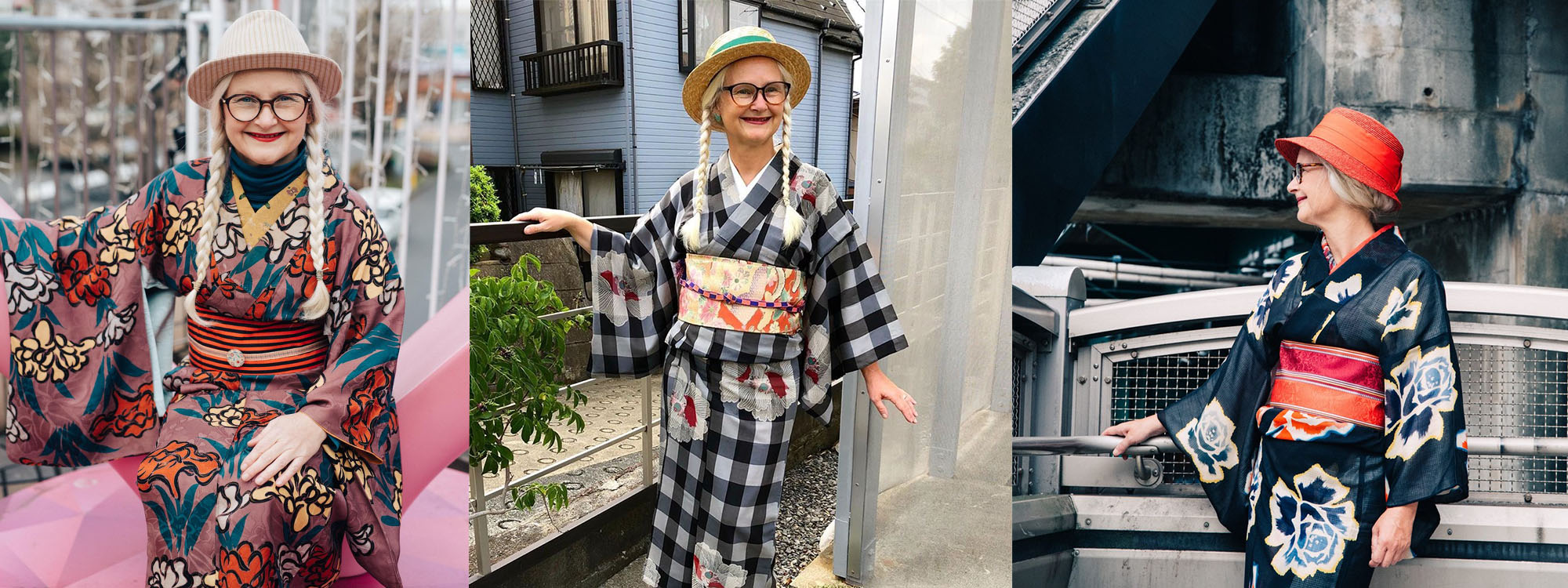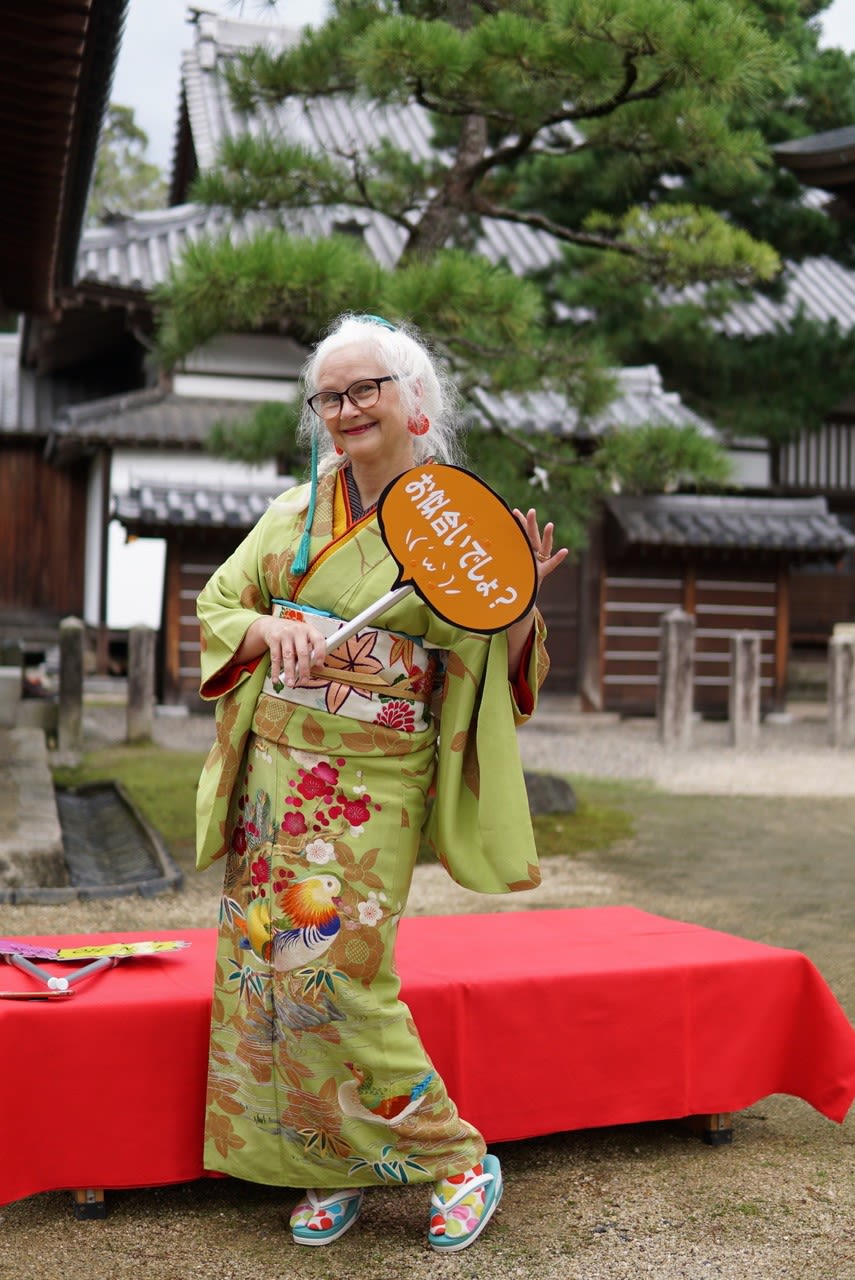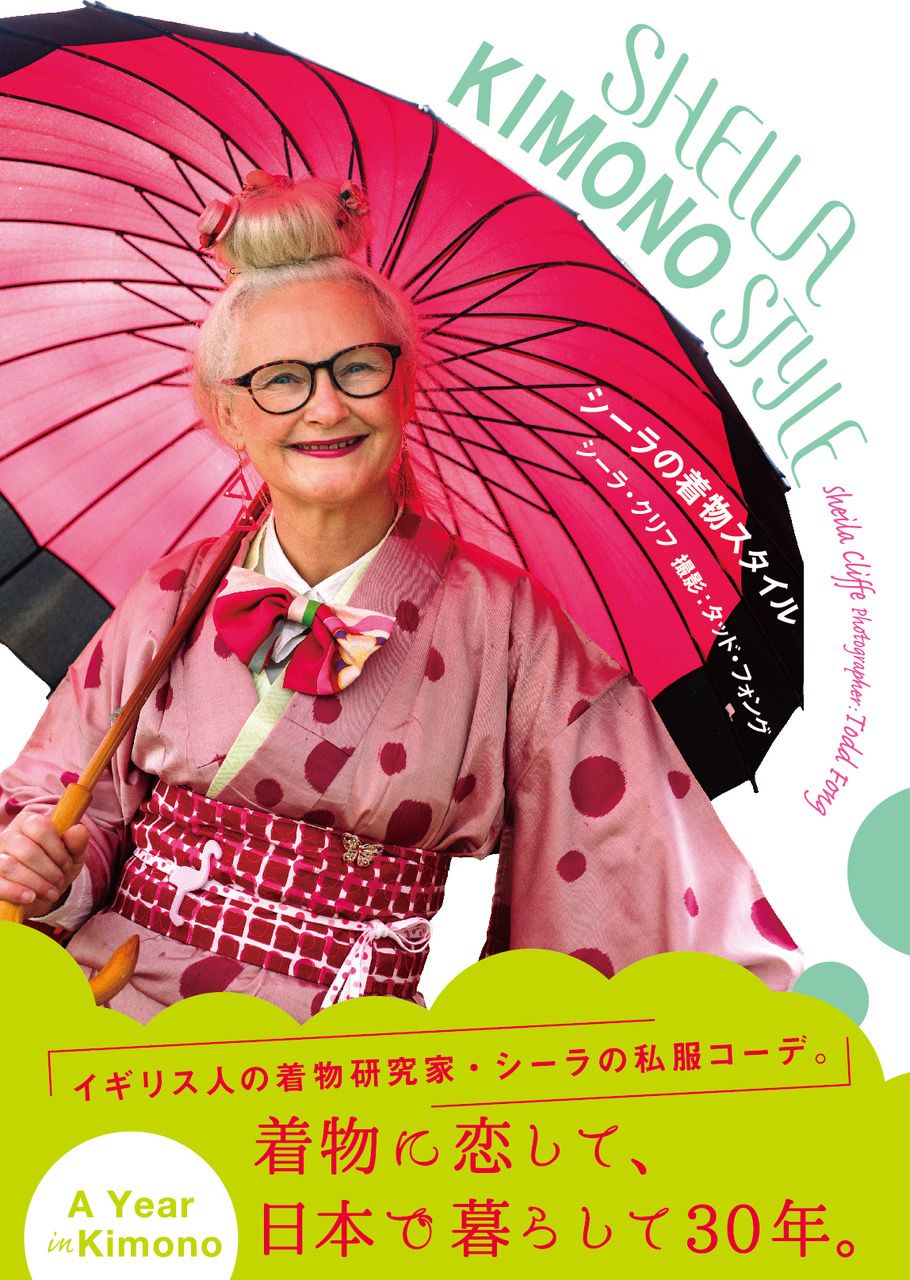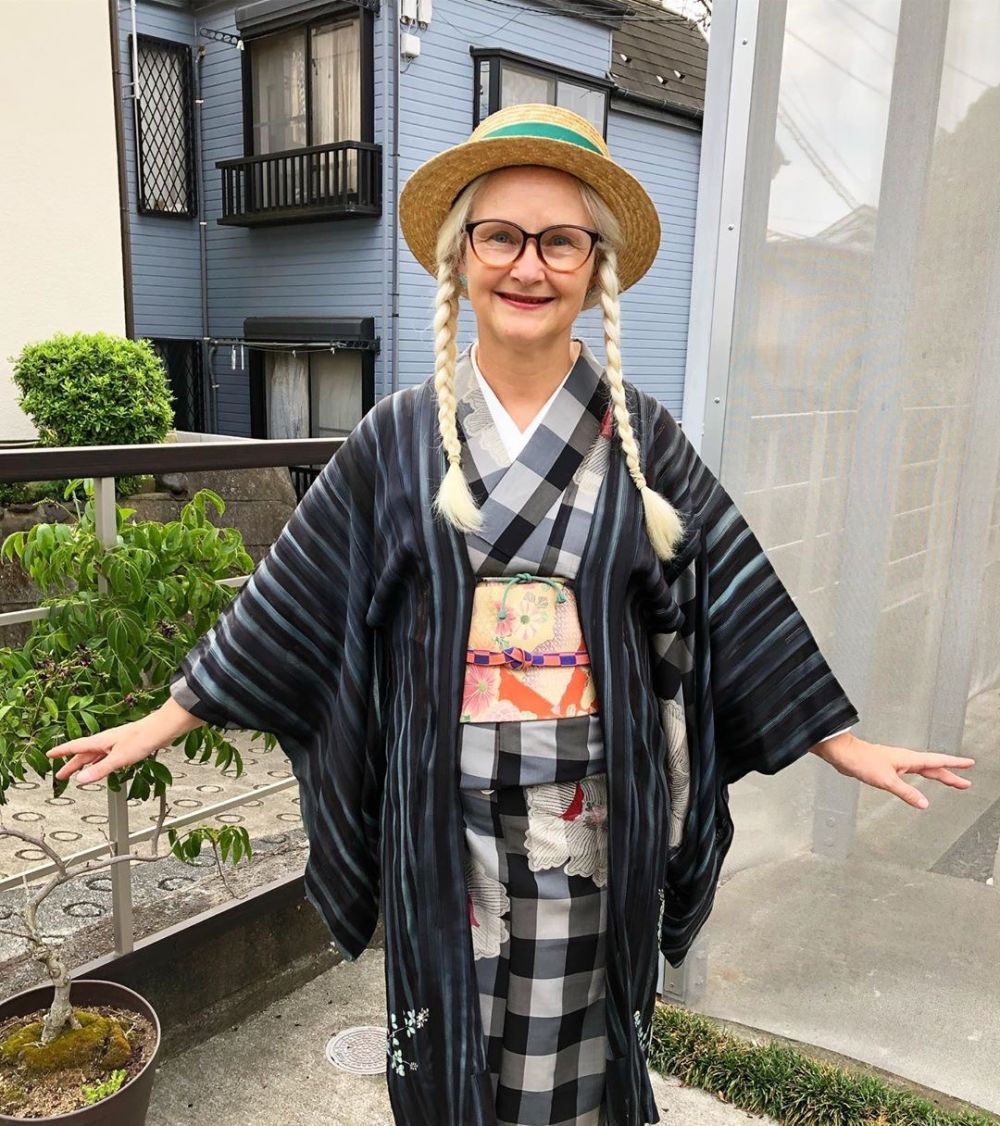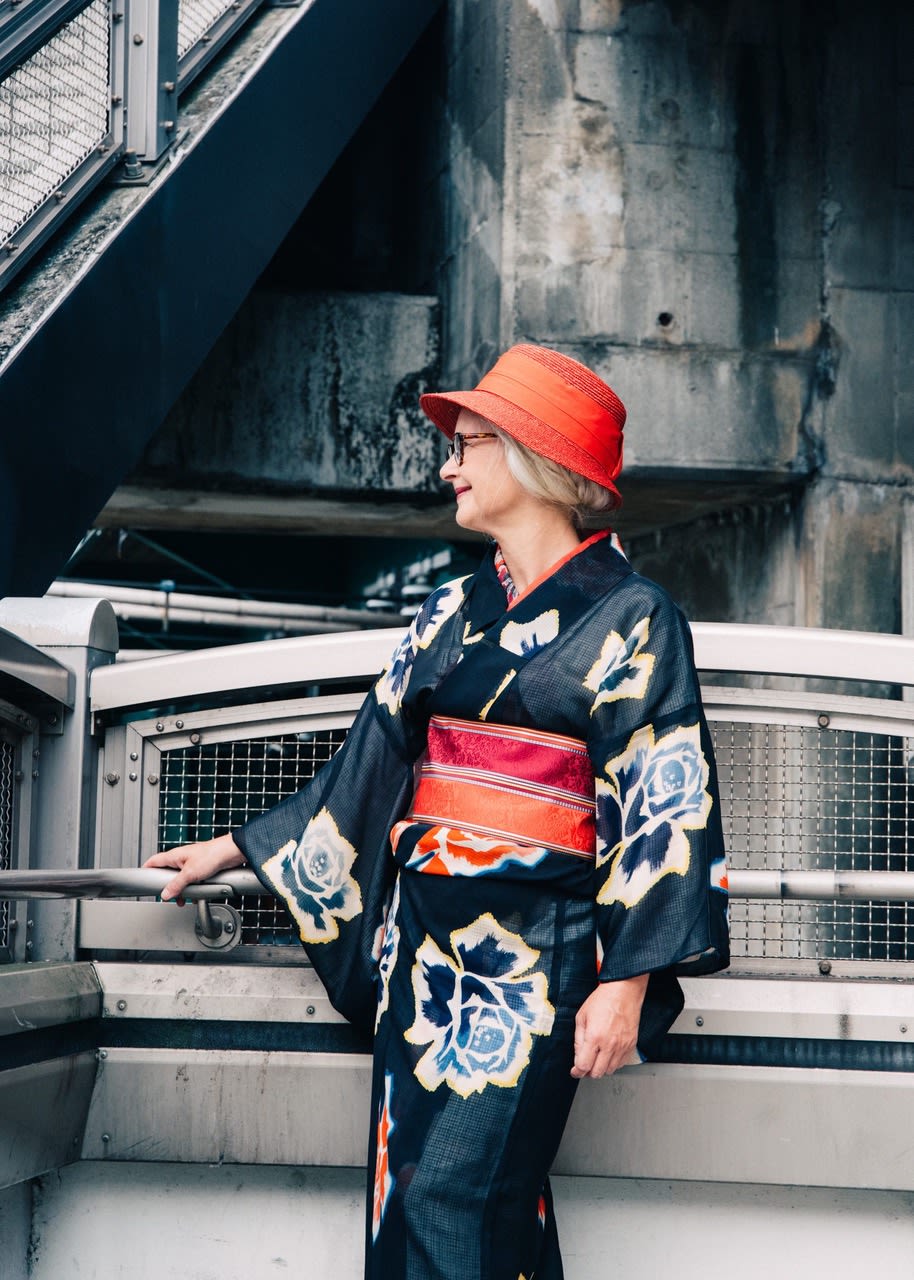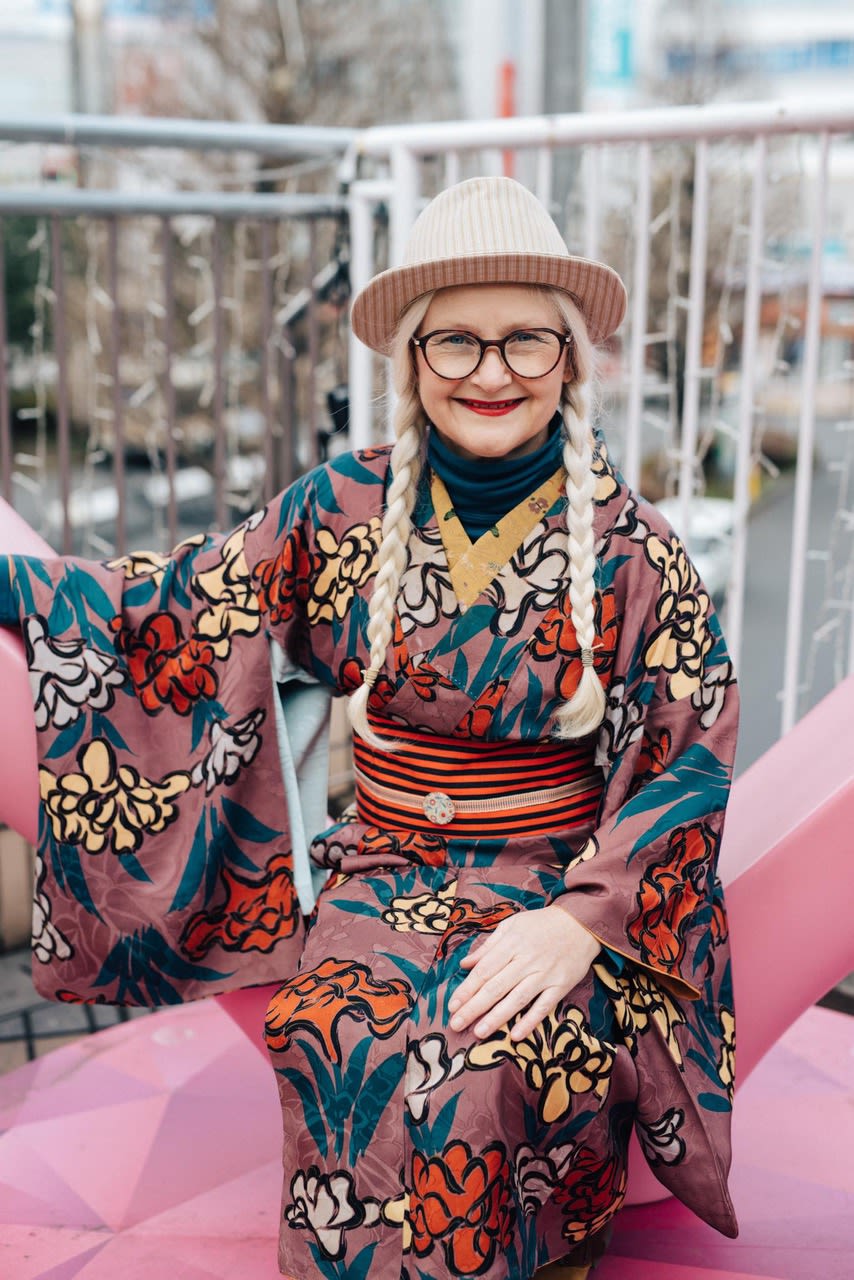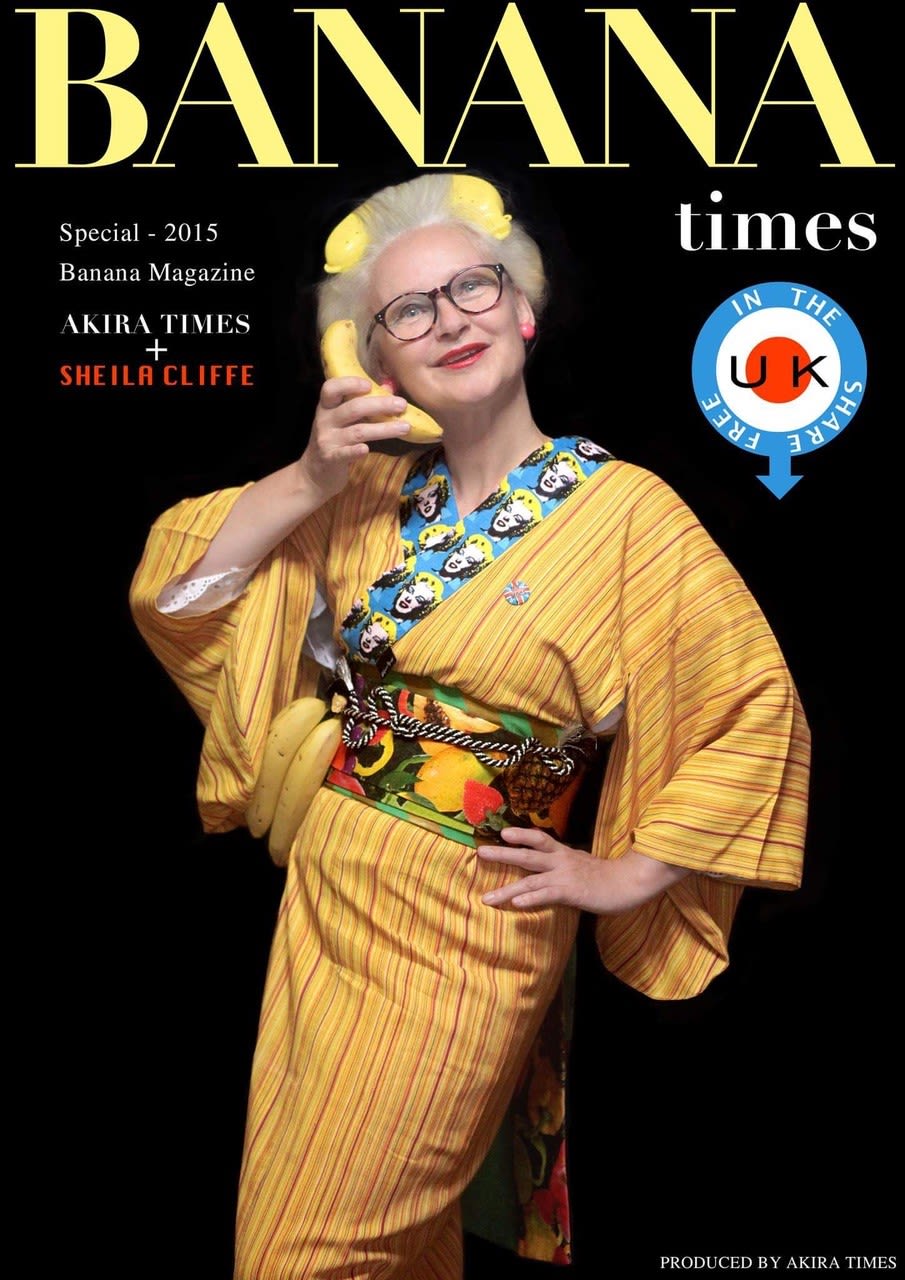Sheila Cliffe is a Kimono researcher, author and stylist. She will be teaching our brand-new Short Course: Kimono: History, design and development.
She has been in Japan for over 30 years and her book, "The Social Life of Kimono: Japanese Fashion Past and Present", is the result of ten years of research and investigation into the fashion system of the Kimono. Her course will explore the history and social importance of this ancient garment. We caught-up with her to talk about her career and the new Short Course...
"I'd recommend the Short Course to anyone who is interested in how clothes are made, or in the history of different dress, or Japanese textile techniques. We are going to cover a lot of ground in a short time, but it should be a lot of fun and, I hope, very informative."

Sheila Cliffe
What’s your day-to-day job?
I teach in a Japanese Women's University. Mainly I teach English, but I also have a couple of classes in my specialist area. One class is a background to kimono and its culture, pretty similar to what I will teach on my short course. It’s very popular. I had to request a bigger classroom this year, as I had 70 students. The other class is a workshop where students learn to dress and also do some kind of project about kimono or obi or something related to it.
What does it mean to be a Kimono Researcher?
In my case, at the present time, I am doing wardrobe or end-user research, so it means that I go and interview a lot of Japanese women in their homes, and we go through their kimono together and they talk about them. I have also written about the sociology of kimono, and I am asked to give a lot of presentations about kimono history, styling, fashion etc.
What has been the highlight of your career so far?
It is hard to pick out one moment, but I was given a prestigious award by one kimono organization for my work spreading kimono overseas. I received the award from an Imperial Princess, and I met Kansai Yamamoto, too. We had a wonderful meal and I had a chauffeur-driven car. It was a very special day. The second really special experience was when I had the chance to put on Heian period costume for a television program. It is called juuni hitoe, which means 12 layers. It is an incredibly beautiful and rich looking costume, but it weighs over 20kg. It isn’t possible to move much in it but wearing it was a fantastic experience.
Who would you recommend your course to?
Anyone who is interested in how clothes are made, or in the history of different dress, or Japanese textile techniques. We are going to cover a lot of ground in a short time, but it should be a lot of fun and, I hope, very informative.
What’s the most important thing your students will take away from your course?
A broad background knowledge of the kimono, its history, its construction and its fashion system. I hope that people will get really involved and want to know more about it when the course is over.
Feeling inspired? Check-out our Fashion History the Evolution of Style Online Short Course.
